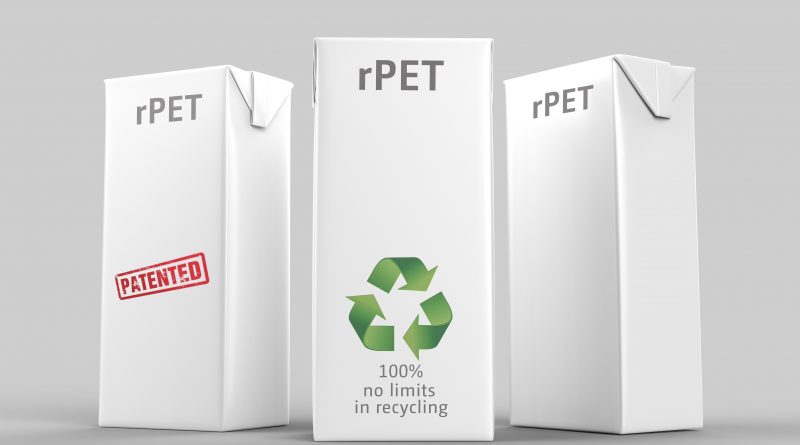Foamed rPET alternative to beverage cartons
The recycling of beverage packaging poses a great challenge to the industry: the layers of the film mixture cannot be separated properly from each other. Recycling is therefore very difficult. At Interplastica, Leistritz Extrusionstechnik GmbH exhibits a foamed rPET solution. The plant technology, which was developed and tested together with partners, facilitates the extrusion of rPET pellets into high-quality foamed films. Besides Leistritz, recycling specialist NGR and film producer Kuhne are involved in this trend-setting development project.
The idea of using rPET for beverage cartons comes from Russian company ForPET. One of the owners, Sergey Nikitenko explains: “Our goal was to produce a material that allows recycling without limits. We succeeded in this and have since patented it worldwide”. The film is a 100 % recyclable alternative to conventional composite materials.
With foamed rPET, the development towards monomaterial packaging and thus the design for recyclability is taken into account. On the one hand, PET as a raw material can largely cover all the functions of packaging with just one material; on the other hand, the separation of additional barrier layers (e.g. aluminium, if required) in the melt process can be solved very efficiently and economically, states Leistritz.
Several process steps are necessary for the production of a foamed rPET film: The preparation of the rPET flakes with appropriate additives is carried out in a Leistritz twin-screw extruder. In combination with an LSP reactor (Liquid State Polycondensation) from NGR, a tailor-made pellet or melt for downstream foaming is produced. The loading of the melt with a physical blowing agent is also performed in a Leistritz twin-screw extruder after which it reaches Kuhne’s film extrusion downstream. This is where the foam film is produced, which can be further processed and is fully recyclable.
„We are currently working with investors to establish a commercial development center in Russia,“ Nikitenko explains the next steps. The final development is expected to be completed by the end of 2020. After that, the first commercial products will find their way into the market.

